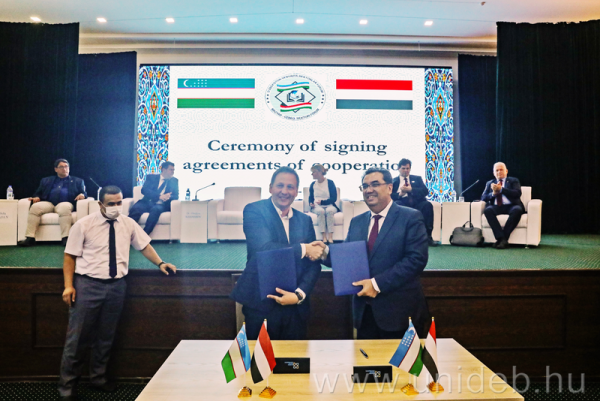- Home
- Our services
Our services
We offer several services for industrial or institutional partners in the following fields.
Material/structural tests
Accredited tests based on the following standards
Accredited activity
The Biomechanical Material Testing Laboratory works based on the quality assurance system regulated by the international standard EN ISO 17025. The test activity of the Laboratory was accredited in 2007 by the Hungarian Accreditation Board.
| The detailed list of our standard testing procedures | |
|---|---|
| Test | Standard |
| Tensile Testing of Metallic Materials |
MSZ EN ISO 6892-1:2010 |
| Testing of welded joints of thermoplastics semi-finished products. Tensile test |
MSZ EN 12814-2:2000 |
| Determination of tensile properties -- Part 1: General principles |
MSZ EN ISO 527-1:2012 |
| Methods for determining the density of non-cellular plastics -- Part 1: Immersion method, liquid pyknometer method and titration method |
MSZ EN ISO 1183-1:2013 |
| Determination of compressive properties |
MSZ EN ISO 604:2003 |
| Determination of flexural properties |
MSZ EN ISO 178:2011 |
| Determination of tensile properties -- Part 2: Test conditions for moulding and extrusion plastics |
MSZ EN ISO 527-2:2012 |
| Determination of tensile properties -- Part 3: Test conditions for films and sheets |
MSZ EN ISO 527-3:1996 |
| Determination of tensile properties -- Part 4: Test conditions for isotropic and orthotropic fibre-reinforced plastic composites |
MSZ EN ISO 527-4:1999 |
| Determination of tensile properties -- Part 5: Test conditions for unidirectional fibre-reinforced plastic composites |
MSZ EN ISO 527-5:2009 |
| Plastics and ebonite -- Determination of indentation hardness by means of a durometer (Shore hardness) |
MSZ EN ISO 868:2003 |
| Standard Guide for Evaluating the Static and Fatigue Properties of Interconnection Mechanisms and Subassemblies Used in Spinal Arthrodesis Implants |
ASTM F 1798-13 |
| Standard Specification and Test Methods for External Skeletal Fixation Devices |
ASTM F 1541 – 02 (2015) (Chapter A7) |
| Standard Test Methods for Spinal Implant Constructs |
ASTM F 1717-15 |
| Standard Specifications and Test Methods for Components Used in the Surgical Fixation of the Spinal Skeletal System |
ASTM F 2193-14 |
| Standard Specification and Test Methods for Intramedullary Fixation Devices |
ASTM F 1264-14 |
| Standard Specification and Test Method for Metallic Bone Plates |
ASTM F 382-14 |
| Standard Specification and Test Methods for Metallic Medical Bone Screws |
ASTM F 543-13e1 |
Non-standard individual material or structural tests including cadaver biomechanical static and fatigue tests (tensile, compression, bending torsion tests even in combination).
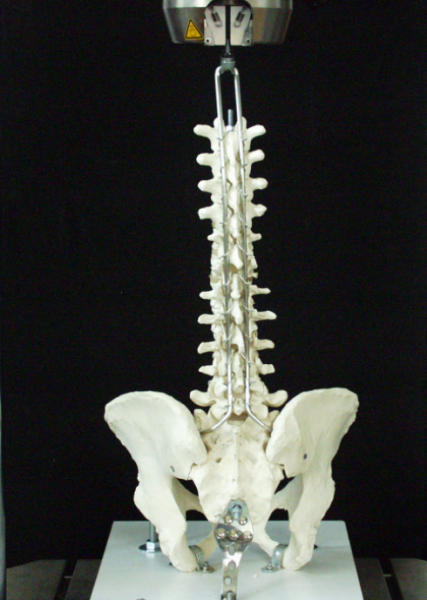
| Cost of measurements, tests | |
|---|---|
| Engineer hourly fee | 20 EUR/hour + 27% VAT |
| Doctor hourly fee | 25 EUR/hour + 27% VAT |
| Administrator hourly fee | 10 EUR/hour + 27% VAT |
| Overhead (Instron 8874) | 8 EUR/hour + 27% VAT |
| Overhead (other tests) | 1,6 EUR/hour + 27% VAT |
| Base fee of the test | 16-32 EUR + 27% VAT |
| Documentation (test report) | 16-32 EUR + 27% VAT |
| Discount for 6-10 tests |
10%
|
| Discount for more than 10 tests |
15%
|
| Custom discount in the case of tests that are longer than 24 hours |
50-80%
|
| Urgent/priority tests additional cost |
50%
|
3D printing
Geometry prototypes of any mechanical part or even implant
We can manufacture even the most complex 3d objects with maximum size of 200x200x250 mm by our Connex 260 three dimensional printer.
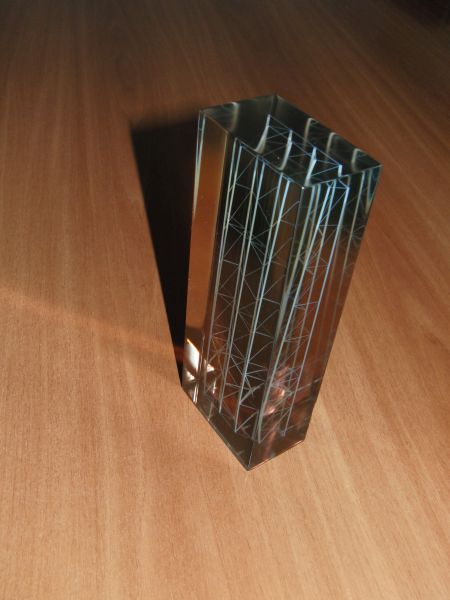
Individual implants and spacers
We can produce silicon molding forms based on 3D objects printed by our 3d printer. This form can be used for making individual bone substituent implants/spacers for cranioplasty or different orthopaedic operations.
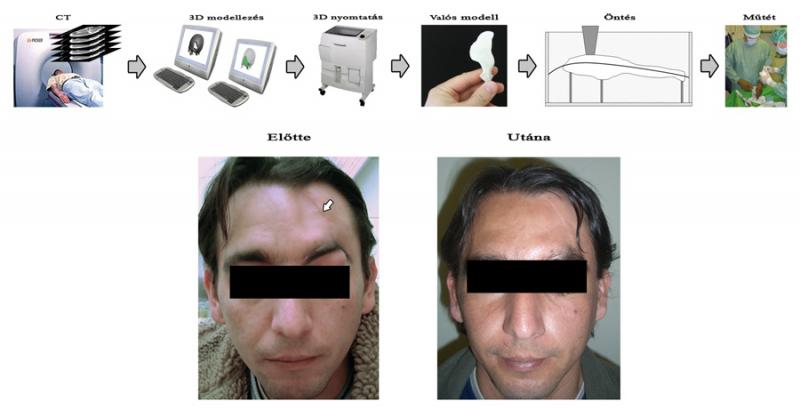
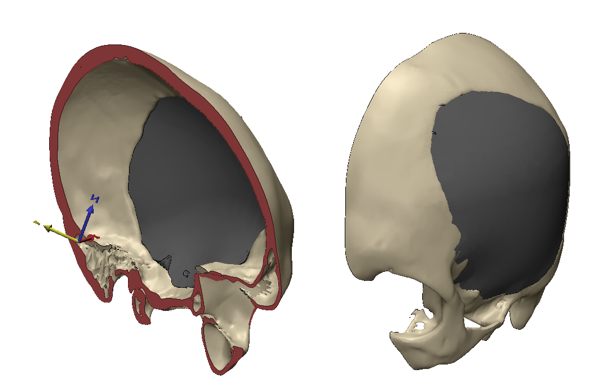
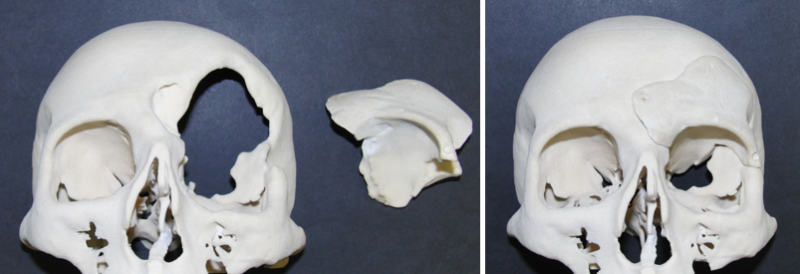
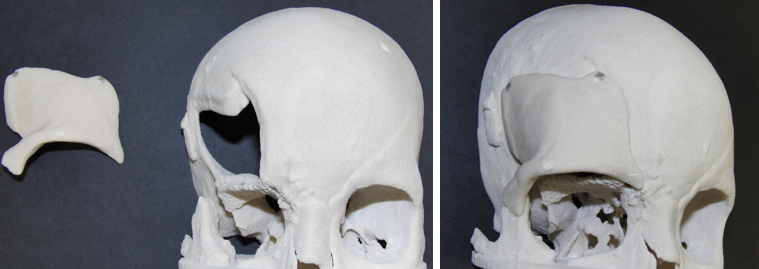
Surgical planning
The model of the bone holding in your hand offers the best possibilities to plan a difficult operation. You can plan any movement and the whole process, what’s more the model can be formed, drilled as you would do it during the operation. We used this method several times in the case of hip, spine, ankle and foot problems.
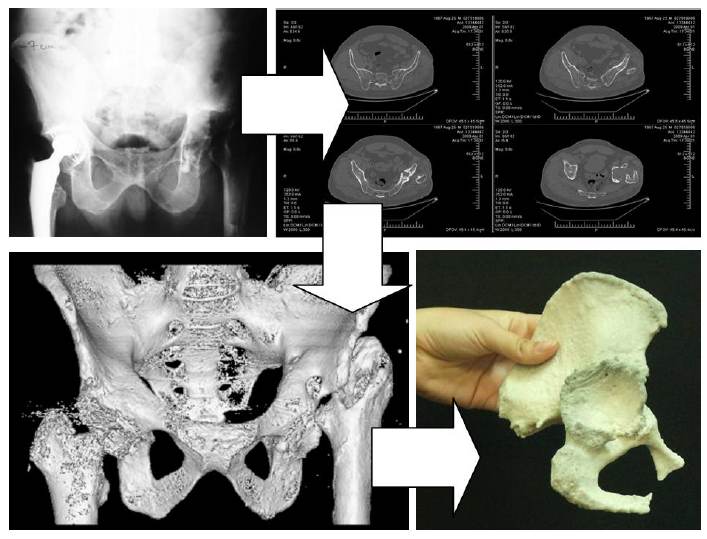
Cadaver experiments
We offer the organisation of cadaver experiments we are involved.
3D scanning
We have a Cobra Fastscan handheld 3D laser scanner. Using this technology we can digitalise objects in a wide size range anywhere.
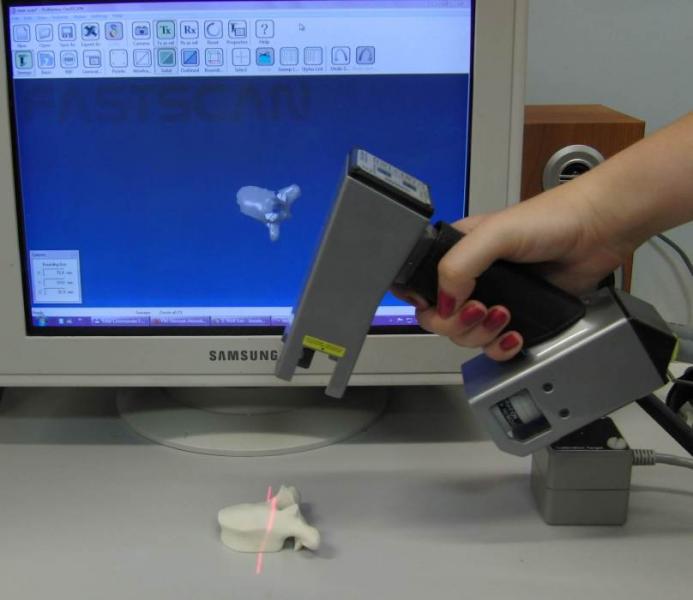
Updated: 2020.01.13.
Legfrissebb hírek

